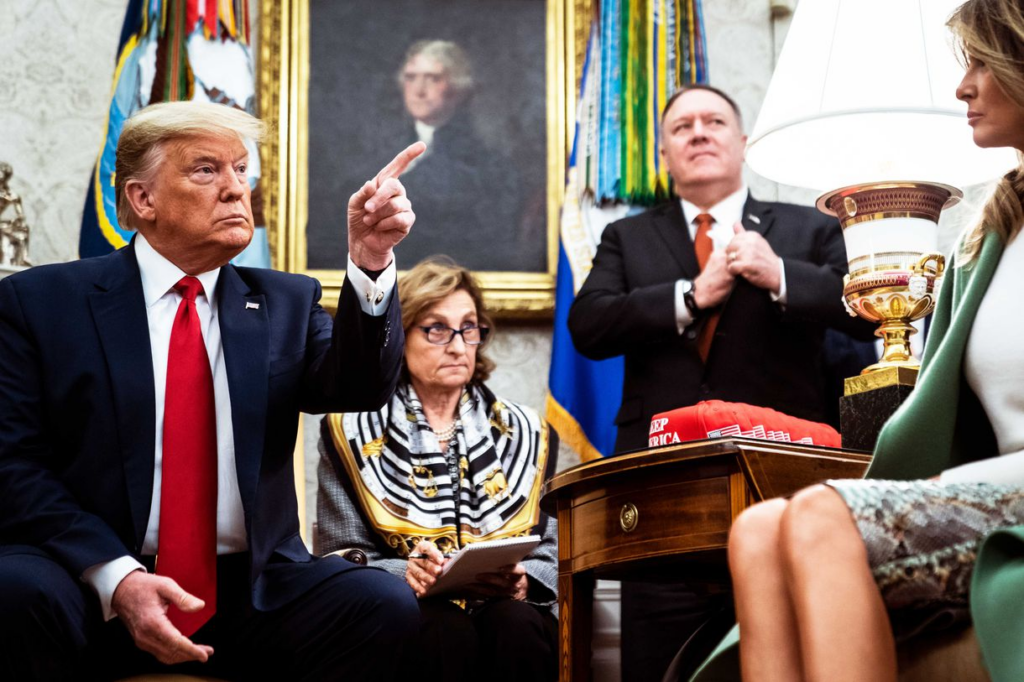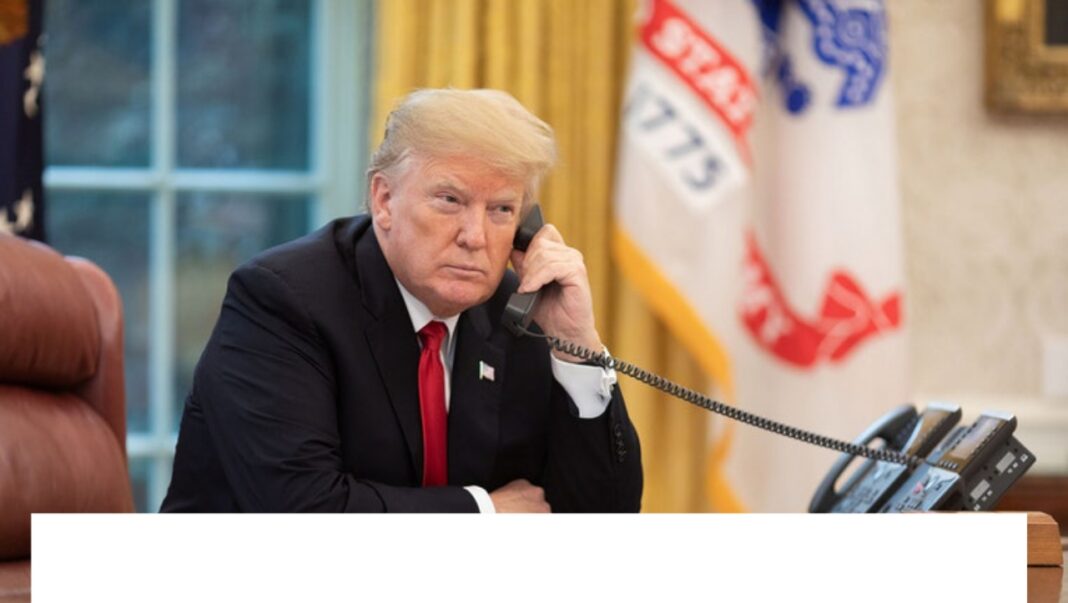The Trump administration introduces a voluntary separation package for federal employees, aiming to streamline operations and cut government expenses. Learn more about its benefits, concerns, and political impact.
In a groundbreaking move, the Trump administration has introduced a voluntary separation package to reduce the federal workforce. This initiative offers financial incentives to nearly 2 million federal employees who choose to resign, making it one of the most significant government downsizing efforts in U.S. history.
Key Highlights of the Proposal
- The plan aims to cut government expenditure and streamline operations by providing generous payouts to federal employees willing to leave their positions voluntarily.
- The administration expects to save billions in taxpayer money over the long term by eliminating workforce redundancies.
- Various federal departments and agencies will allow employees to apply for these severance packages, though officials have not yet disclosed specific eligibility criteria.
For more details on federal workforce policies, visit the U.S. Office of Personnel Management.
Potential Benefits and Concerns
Benefits:
- Cost Savings: The initiative will reduce federal spending and improve budget efficiency.
- Private Sector Growth: Skilled employees shifting to private sector roles can contribute to economic expansion.
- Increased Efficiency: A leaner government will improve operational effectiveness and minimize bureaucratic delays.
Learn more about government workforce transitions in our article on Federal Job Reduction Strategies.
Concerns:
- Job Security Issues: Employees who stay might experience heavier workloads and uncertainty about job stability.
- Public Service Disruptions: Critics argue that cutting federal jobs could negatively affect essential government services.
- Economic Ripple Effects: A sudden rise in job-seeking professionals might lead to unpredictable economic changes.
Political Reactions
The proposal has sparked mixed reactions from lawmakers, unions, and policy experts. Supporters describe it as a necessary step toward a fiscally responsible government, while opponents warn of unintended consequences such as weakened public services and job losses in crucial sectors. Meanwhile, analysts continue to debate its long-term effects.
For related insights, check out our analysis on Government Downsizing Policies.

What’s Next?
As the proposal moves through legislative review, its fate remains uncertain. If Congress approves it, the administration will implement the program in the next fiscal year. Lawmakers will likely discuss modifications to address key concerns before making a final decision.
Stay informed on this developing story as we continue to assess its potential impact on federal employees and the broader U.S. economy.
Share Your Thoughts
What are your views on this proposal? Let us know in the comments below! Also, share this article to keep others updated.
For more updates, read our latest post on U.S. Workforce Changes.



